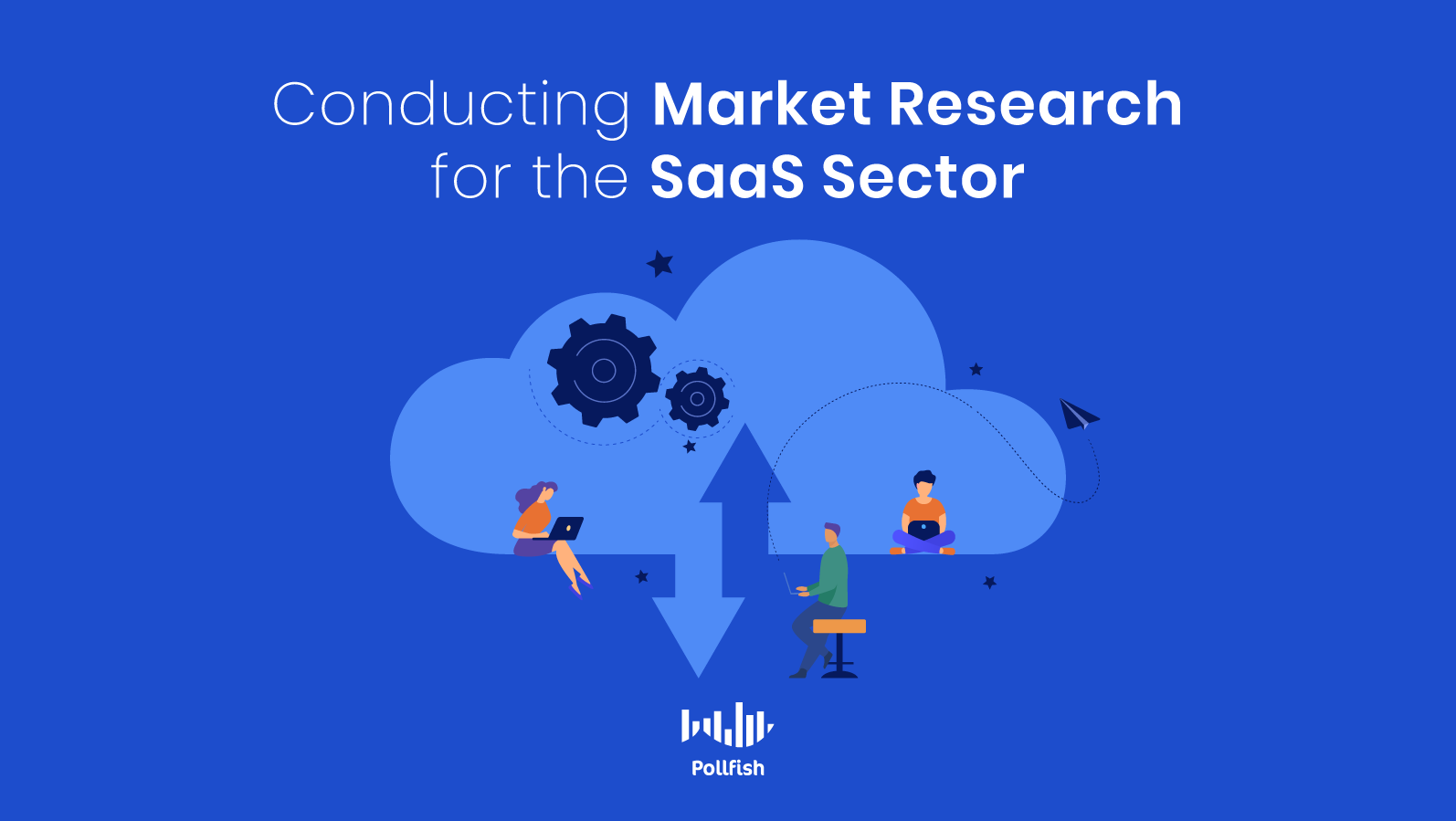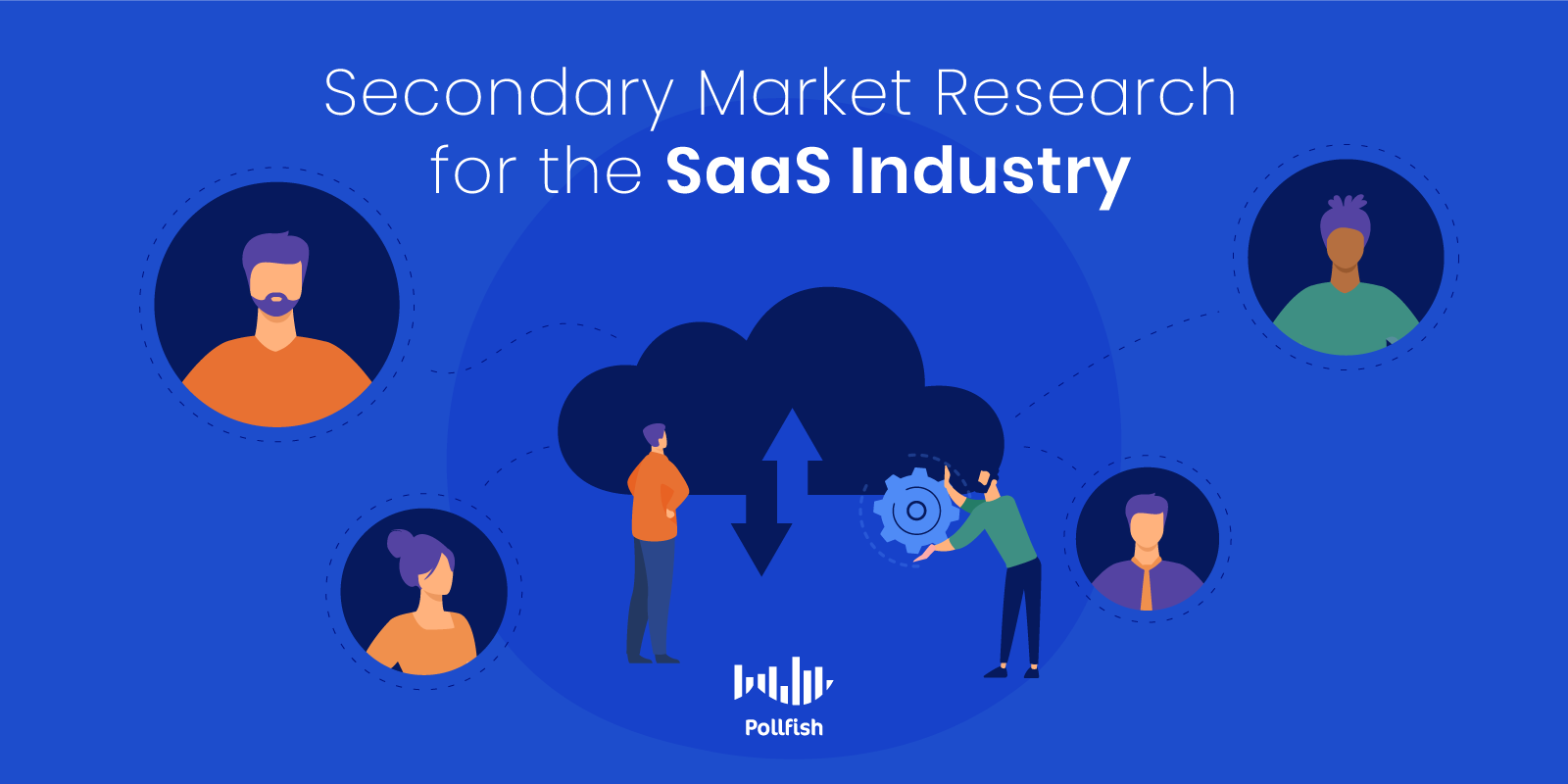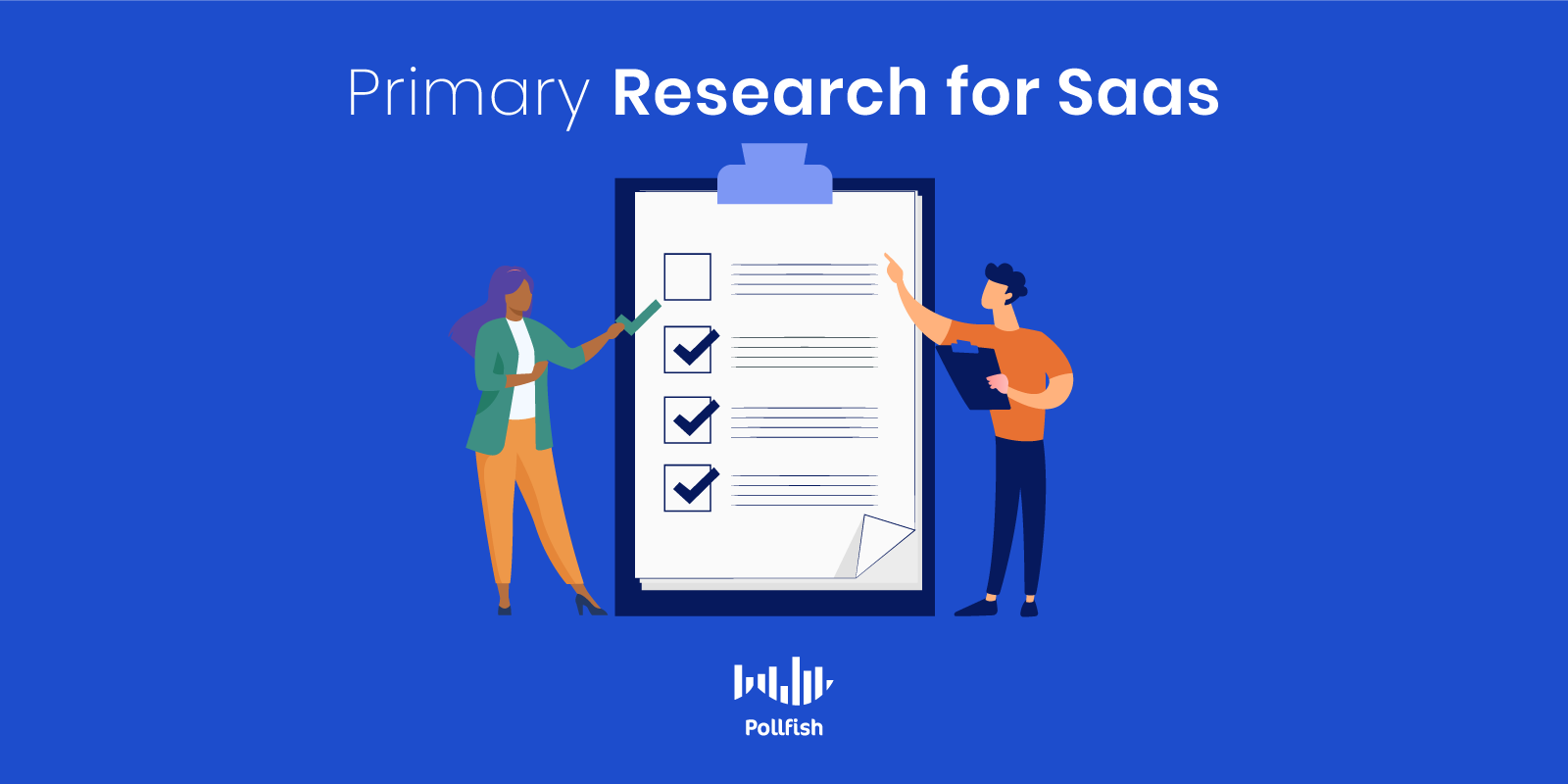How to Conduct SaaS Market Research Like a Pro

Conducting SaaS market research is a requisite for business owners, market researchers and marketers who seek business success in the competitive landscape of cloud services.
SaaS remains a booming industry, with upward trends forecasting it to amass $832.1 billion by 2025 in revenue by 2025.
Clearly on the rise, the SaaS industry has surpassed all other cloud services in revenue, including Cloud Application Infrastructure Services (PaaS), Cloud Business Process Service (BPaaS) and others.
This is because all sectors are seeing both SaaS innovations and the adoption of SaaS solutions. The Covid-19 pandemic has contributed to the dominance and growth of SaaS, as SaaS applications bolster remote working, cutting back on the need to be present in in-person meetings and other work gatherings.
This article explains SaaS market research, allowing professionals of all backgrounds to conduct it to stay well-informed and competitive.
Defining SaaS Market Research
SaaS market research refers to all the market research techniques used to extract up-to-date information on the Software as a Service space, a market of its own.
SaaS does not merely refer to software companies; rather it is a cloud-based service in which applications are run online, eliminating the need to download software onto a desktop or business network. This kind of convenience gave rise to accessibility, operational ease and accessibility, which has largely contributed to its growth and popularity.
To remain in good standing in an increasingly competitive industry, all SaaS companies must conduct market research. However, it is not just the businesses in this market that must conduct SaaS market research.
All businesses that use SaaS products should perform market research on the SaaS market to ensure that they are using the most productive and cost-efficient product.
Market research in this space involves secondary and primary research on the overall industry, along with its changes, trends, target market and key actors — the competitors of a business.
How SaaS Market Research Differs from Technology Market Research
Given that SaaS is a market of its own, it should not be conflated with technology market research, which refers to market research on the overarching tech space. The technology sector is composed of hardware, software and IT services subsectors.
The SaaS market refers to SaaS companies alone, however, they too make up the broader landscape of technology, as they use a kind of technology.
SaaS can run contrary to IT, which can represent hardware and infrastructure, whereas SaaS is solely cloud-based. IT professionals often use SaaS products for a wide range of purposes including governance and operations.
Therefore, IT professionals and providers can benefit from conducting SaaS market research, whereas, SaaS professionals may not need to perform technology market research, as their needs are specifically within the SaaS space.
Secondary Sources for SaaS Market Research
Before conducting primary research, market researchers ought to begin with a general status of the SaaS industry. Secondary research is the ideal means for this, as it covers key information on various aspects of the industry. Best of all, you don’t have to conduct it yourself.
Bear in mind, you should check for research that is as up-to-date as possible, as industries are in a continuous state of change and SaaS is no exception.
If you are not a researcher for a SaaS company, you can still benefit from conducting secondary SaaS research. For example, if you need to justify using a SaaS product for your business, conducting market research can help you do so by providing key stats, figures and facts. These can help you form a business case to purchase a SaaS product for a business you work for.

The following provides critical secondary resources for SaaS market research:
- SaaS End User Spending Worldwide Report (2009-2022)
- A data visualization from Statista on the growth of user spending in the SaaS sector in a 13-year period.
- A statistical overview of the state of the industry in terms of spending.
- 50 Biggest Public SaaS Companies in the US
- Companies presented via tier market cap
- Updated weekly
- The page also provides the highlights of the SaaS industry from the previous year.
- SaaS Trends and Growth Projections 2021
- A page rich with various statistics on the trends and changes in the SaaS space.
- Several stats explain the needs of the industry, invaluable advice for keeping your SaaS afloat. Ex: Half of all SaaS companies rely on user-based pricing for profit.
- Marketing Publications Geared towards SaaS
- Bent on exploring marketing strategies to reach the specific target markets in SaaS.
- Ex: How SaaS Marketing is Different
- Ex: Growth Marketing Strategies for SaaS Products
- Competitive Analysis
- Rounding up competitors via keyword searches on SaaS products.
- News sites that feature press releases from competitors
Primary Sources for SaaS Market Research
While secondary resources provide utility for market analysis, competitive analysis and trends, primary resources allow you to form a deep read of the people who keep your business in business: your target market.
This is because, when you conduct primary research, you are equipped with asking any inquiry you desire, a feat not possible with secondary sources alone. While they are necessary to analyze, they will not answer your specific questions — at least not all of them.
You’ll find that in some instances, you may even study your competitors firsthand.

The following provides critical secondary resources for SaaS market research:
- Focus Group
- Provides s group discussion on topics with moderation from a host
- Offers an intimate setting, as it involves no more than 6-10 participants
- One-on-one interviews
- The most intimate kind of primary research
- Can be difficult to find participants, even in the age of Zoom meetings
- Direct talks with competitors
- Via competitors chats, along with emails and phone calls as their prospects
- Require stealth in order to extract information without revealing yourself as a competitor
- Customer Development
- The mid-section of the lean startup model
- A structure used to confirm that a product satisfies the needs of a target market.
- Dictates how startups must form and be managed, to effectively launch a product.
- Online surveys
- Can be deployed to a massive network
- Allow for respondent anonymity
- Can be set in a wide variety of manners such as the examples below and many more
- Allow you to ask both quantitative and qualitative questions in a number of formats
Excelling in the SaaS Space In Spite of Stiff Competition
Whether you work for a startup or a long-established SaaS business, your company can benefit from conducting SaaS market research. This task is designed to be performed periodically, as technology moves at the speed of light, taking its customer needs and overall industry with it.
To stay ahead of the curve and offer a valuable product and customer experience, you should invest in primary and secondary resources alike. As aforementioned, certain secondary sources are free, while others aren’t.
Primary sources are seldom free, unless you manage to land a complimentary interview, or pose as a prospect on chats, emails and phone calls with competitors.
However, they are often the most insightful, as it put the researcher at the reins of the research, allowing them to ask any question they desire for a market research campaign. An online survey tool is one of the most potent means for garnering primary research, as it enables researchers to create various survey types and distribute them to relevant respondents. A proper online survey platform will deploy surveys to a wide network of popular websites and apps, offer random survey sampling methods and a host of other features to facilitate market research.
Do you want to distribute your survey? Pollfish offers you access to millions of targeted consumers to get survey responses from $0.95 per complete. Launch your survey today.
